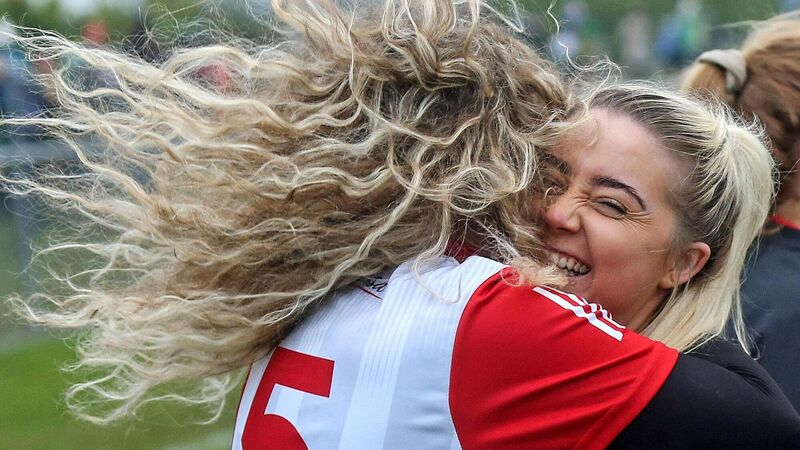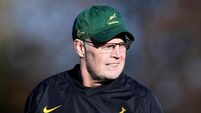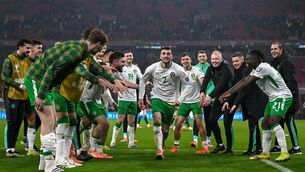Michael Moynihan: Are women’s sports better off independent from their male counterparts?

2020 AIB All-Ireland Junior B Club Camogie Championship Final, Knockananna vs Naomh Treasa: Naomh Treasa's Aoife Morgan celebrates with Cara Little
URING the last week we saw some back-and-forth between women’s rugby players past and present on one hand, and the IRFU on the other.
Sorry to hear of the passing of Eve Babitz, who designed album covers for Linda Ronstadt, The Byrds, and Buffalo Springfield during the sixties, and who was long believed to be the inspiration for The Doors’ LA Woman.
More to the point, Babitz was a terrific chronicler of Los Angeles - if you want an enjoyable read over Christmas you could try “Eve’s Hollywood,” a memoir, or the essay collection “Slow Days, Fast Company: The World, the Flesh, and LA”.
She is also a hero to your columnist because of the legend of what happened to the advance for her first book. She spent it all on a slap-up meal at her favorite restaurant, Musso & Frank Grill (the restaurant in Once Upon A Time In Hollywood, movie fans).
At the end of the meal she ordered the caramel custard dessert for everyone who was in the restaurant.
Now that’s a classy touch.
michael.moynihan@examiner.ie









